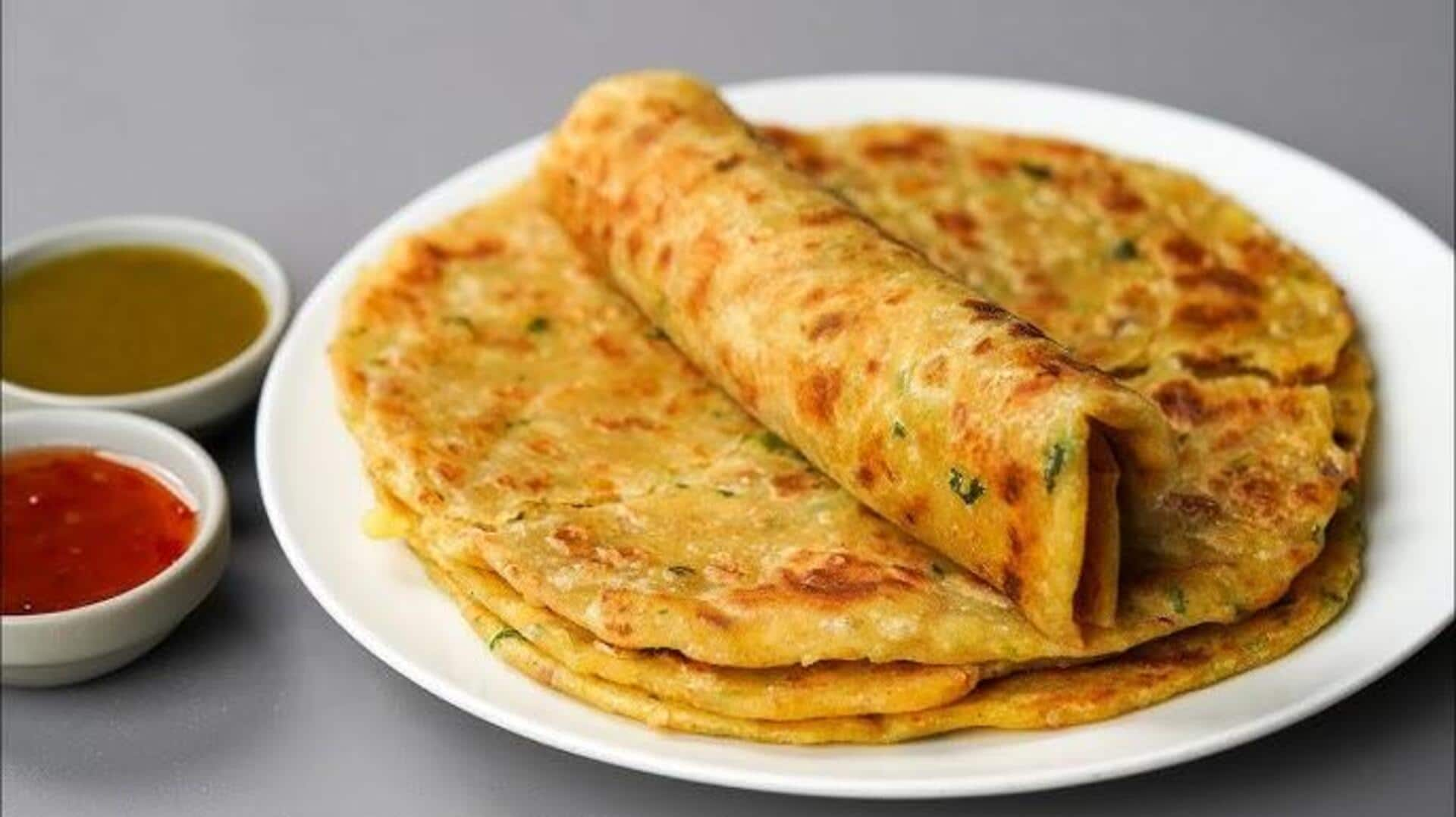
Exploring aloo paratha's journey through time
What's the story
Aloo paratha, a staple in Indian cuisine, has a rich history that reflects the diverse culinary traditions of the region. Originating from the northern parts of India, this stuffed flatbread has evolved over centuries to become a beloved dish across the country. Its journey is marked by regional variations and adaptations that highlight India's cultural diversity. This article delves into the evolution of aloo paratha in Indian culinary history, exploring its origins and transformations.
#1
Origins in Northern India
This dish has its roots in Punjab, where it was usually made for a wholesome breakfast. The dish includes unleavened dough filled with spiced mashed potatoes and roasted on a tawa or griddle. It was first favored by farmers who required a filling meal before going out to work in the fields. Gradually, it became an integral part of Punjabi cuisine and spread to other areas.
#2
Regional variations emerge
As aloo paratha made its way across India, different regions lent their own twists to the recipe. In some regions, things like paneer or vegetables were added into the stuffing for additional flavor and nutrition. The spices also varied from region to region, giving it a distinctive taste. These regional variations made aloo paratha so popular and adaptable.
#3
Influence of urbanization
With urbanization came changes in lifestyle and eating habits, influencing how aloo parathas were consumed. They became more accessible through street vendors and restaurants catering to busy city dwellers looking for quick yet satisfying meals. This shift also led to innovations such as ready-to-eat packaged versions available in supermarkets for convenience without compromising on taste.
Tip 1
Modern-day adaptations
Recently, health-conscious buyers have pushed further adaptations of aloo parathas by using whole wheat flour or multigrain instead of traditional refined flour doughs. Some even play around with different fillings like sweet potatoes or lentils while keeping the classic flavors intact with spices like cumin seeds or coriander powder, showing how this timeless dish continues to evolve with changing dietary preferences today.